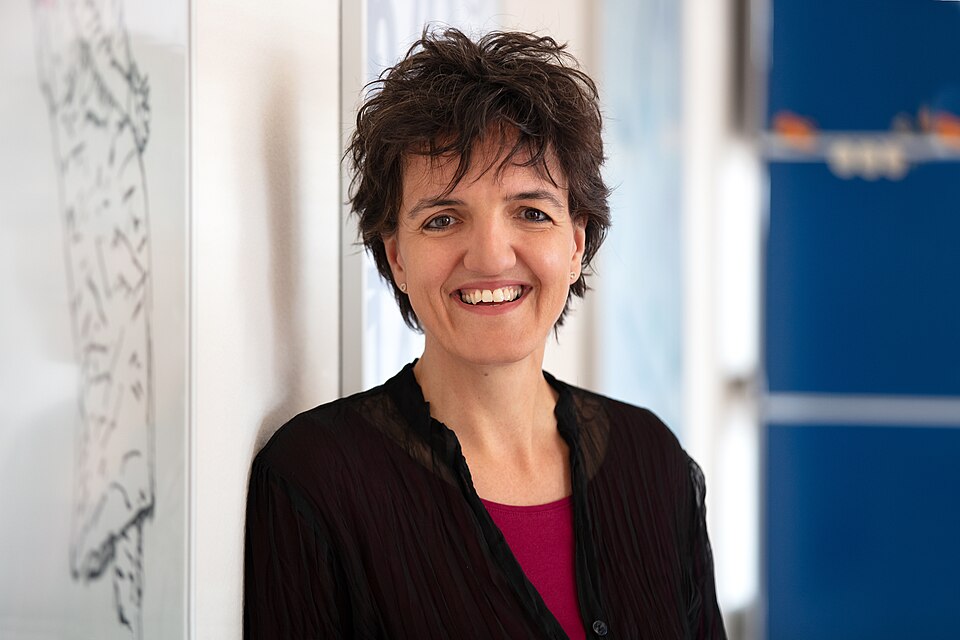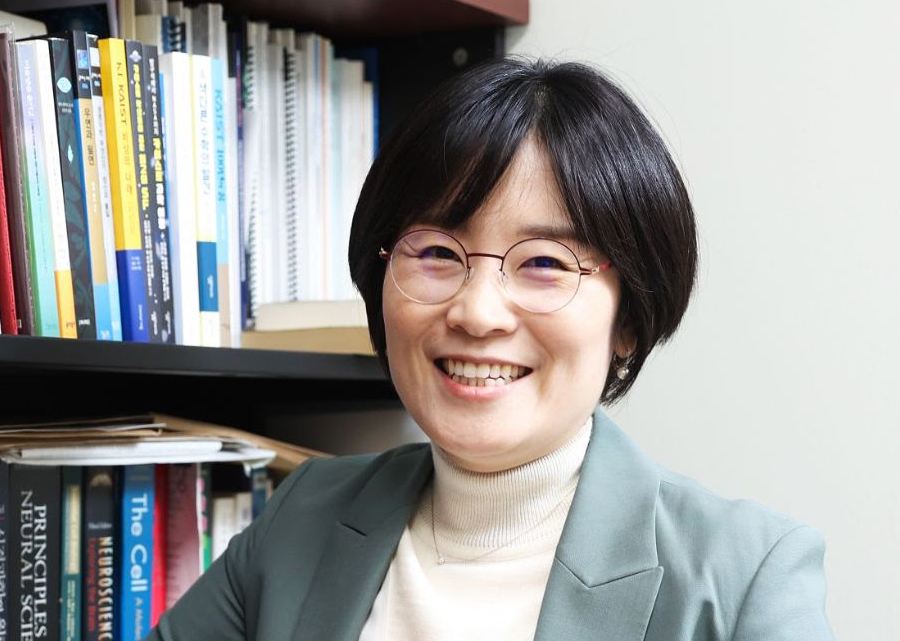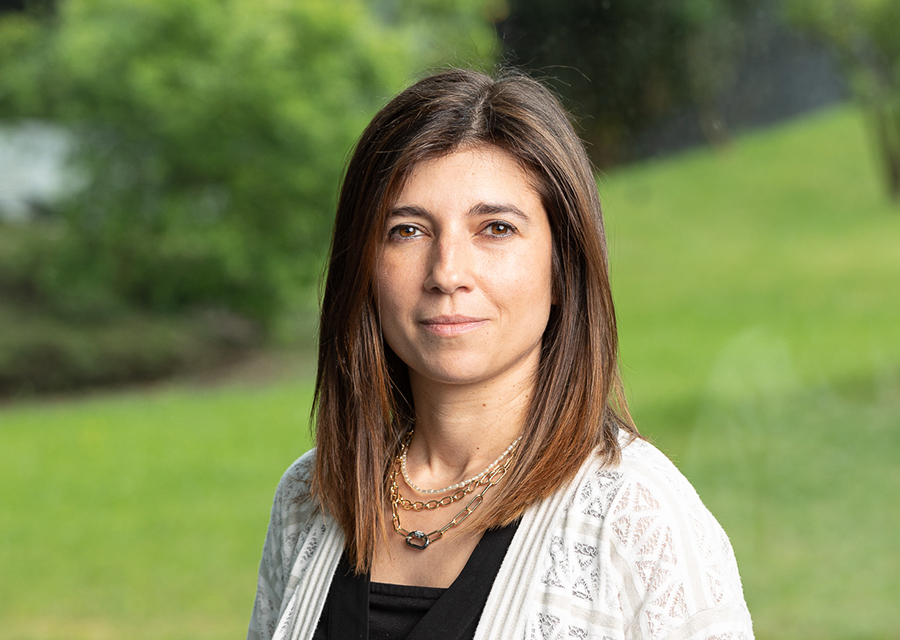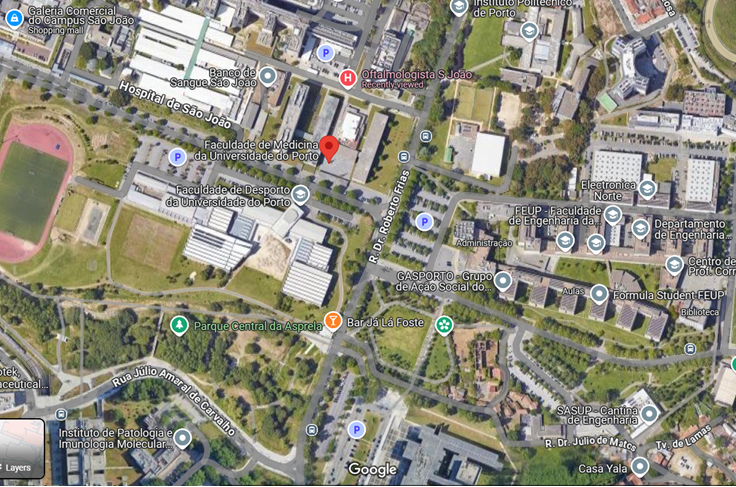Mini-Symposium
From Sensory Processing to Behavioral Control
This mini-symposium will gather world-leading neuroscientists to discuss how sensory cues are transformed into adaptive behavioral responses through defined brain circuits. With talks by Silvia Arber (University of Basel), Douglas Weber (Carnegie Mellon University), Seung-Hee Lee (IBS/KAIST), and Patricia Monteiro (University of Porto), the event will explore recent advances in understanding the neural mechanisms that link sensory input to motor and social behaviors. This event addresses the fundamental question of how the brain interprets sensory information to guide behavior—an area critical to both basic and translational research.
SPEAKERS

Silvia Arber, Basel University, Switzerland
Generating movements with brainstem circuits
Movement is the behavioral output of the nervous system. This talk will focus on recent work elucidating the organization and function of neuronal circuits central to the regulation of distinct forms of body movements, including locomotion and skilled forelimb movements. It will show that dedicated circuit modules in different regions of the brainstem and their interactions within the motor system play key roles in the generation of diverse actions.
Douglas Weber, Carnegie Mellon, USA
Neurotechnology for detecting and amplifying motor function after stroke and spinal cord injury
The convergence of advancements in fundamental neuroscience and neural interface technologies have enabled clinically relevant technologies that measure and regulate neural signaling in the brain, spinal cord, and peripheral nerves. These technologies provide new capabilities for studying basic mechanisms of information processing and control in the nervous system, while also creating new opportunities for restoring function lost to injury or disease. Neural sensors can measure the activity of motor neurons to enable direct neural control over prosthetic limbs and assistive technologies. Conversely, these neural interface technologies can stimulate activity in sensory and motor neurons to reanimate paralyzed muscles. Although many of these applications rely currently on devices that must be implanted into the body for precise targeting, ultra-miniaturized devices can be injected through the skin or vascular system to access deep structures without open surgery. This talk will focus on efforts to develop wearable and injectable neural interfaces for restoring or improving motor function in people with paralysis due to stroke, spinal cord injury, ALS, and other neurological disorders.


Seung-Hee Lee, IBS/KAIST institute
Sensory and multisensory deficits in mouse models of autism
Dysfunction in sensory processing and multisensory integration is a common characteristic of autism spectrum disorder (ASD). Many individuals with ASD exhibit atypical sensory perception, including hypersensitivity, hyposensitivity, and difficulties with integrating information across multiple sensory modalities. While these perceptual abnormalities have been widely recognized, the underlying neural circuit mechanisms remain poorly understood. Here, we present recent findings on abnormal sensory and multisensory perceptual behaviors in two ASD mouse models carrying mutations in Shank3 and Grin2b, well-known ASD risk genes. We found that Shank3 deletion caused deficits in audiovisual integration in the posterior parietal cortex (PPC), while the Grin2b mutation induced delayed perceptual learning with reduced feature selectivity in the visual cortex. Collectively, our findings demonstrate that Shank3- and Grin2b-mutant mice exhibit distinct abnormalities in sensory processing and perceptual behaviors, highlighting their potential as models for investigating ASD-related sensory deficits.
Patricia Monteiro, FMUP
Linking auditory sensory processing with social behavior deficits
Social difficulties are a hallmark of autism spectrum disorder (ASD), but growing evidence suggests that atypical sensory processing may play a foundational role in shaping social behavior. This talk will focus on auditory sensory dysfunction in a well-established mouse model of ASD. Using a combination of behavioral, electrophysiological, and circuit-level approaches, we are uncovering how altered auditory input is encoded in the brain and how it may influence the animal's responses to social and environmental cues.

PROGRAM
23 September 2025
10:00 - 10:30 – Welcome and reception10:30 – 11:00 – Presentation by Prof. Patricia Monteiro, FMUP, University of Porto, Portugal
11:00 – 12:00 – Presentation by Prof. Seung-Hee Lee, IBS/KAIST institute, South Korea
12-14:00 – Lunch break
14:00 – 15:00 – Presentation by Prof. Silvia Arber, Basel University, Switzerland15:00 – 16:00 – Presentation by Prof. Douglas Weber, Carnegie Mellon, USA
16:00 - 16:30 - Concluding remarks and Port Wine reception.
REGISTRATION
The event is free, but requires advanced registraton. Please follow the link below to register
Certificate of attendance will be available upon request.
Any questions about registration? Please send an email to: liliana_luz (at) med.up.pt.
LOCATION
Faculty of Medicine of the University of Porto (FMUP)Rua Dr. Plácido Costa
4200-319 Porto
FMUP on Google Maps: https://maps.app.goo.gl/ToYuJYHJdBiQNVrt6

ORGANIZATION
Neurophysiology and Neuroengineering Lab @ FMUP
SUPPORT
This symposium is supported by
